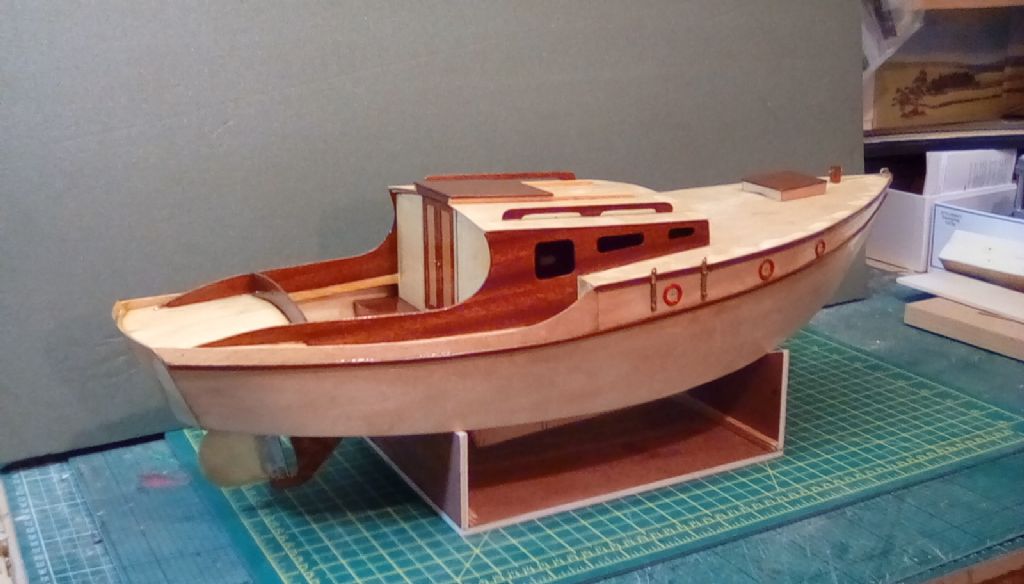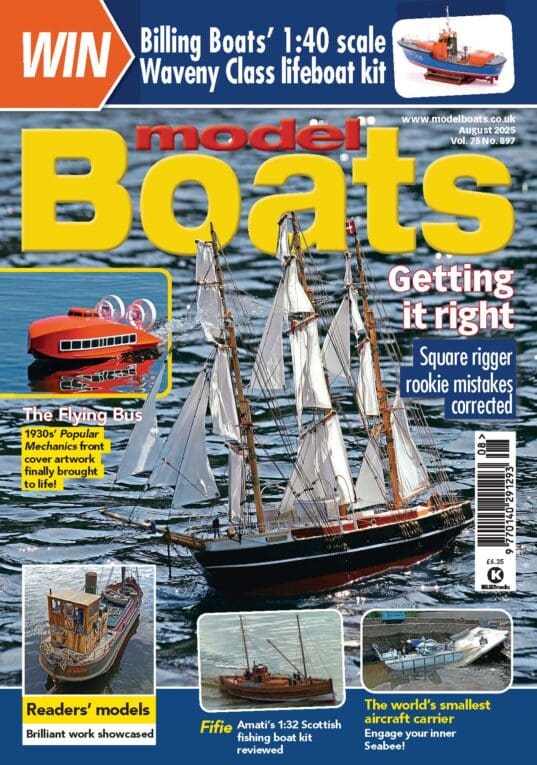Dear All
This discussion is going around in circles and is beset with half truths, rumour and speculation so it might be a good idea to go back to basics and examine the basic structure and uses of these materials.
Balsa Wood:
As most of us know Balsa comes in two types, these being hard and soft.
Balsa is easily worked but prone to splitting along the grain if not cut correctly.
Balsa can be curved in line with the grain but will fracture if too much pressure is applied.
Because of its open cellular construction Balsa is very light which is why it has been the model builders 'go to' material for many years. This and its compressive strength is the reason why it is used in the core of wind farm blades instead of polyurethane.
Balsa is not waterproof and its open cellular construction soaks moisture like a sponge so, after cutting / assembly its surfaces must be sealed, this applies to ALL AREAS even those parts that are enclosed within a structure. The sealing product must be able to slightly soak into the surface of the Balsa so that it can adhere to the timber, a dilute PVA is ideal for this purpose.
Common Plywood:
Most plywood is only fit for construction sites where it is used as a fast and economical substrate for other products.
All plywood will delaminate when it gets wet, the cheaper plywoods will warp and delaminate as soon as the moisture dissolves the bonding glue. Even Marine Ply will warp and delaminate if it is not fully sealed.
Common Plywood will only bend / curve over a short radius before it fails due to internal pressure and splits. The more expensive plywoods can be bent / curved by applying steam but the curved section might fail and fracture after cooling.
LitePly:
Litply is no exception as it is still a plywood however and as its name suggests it is lighter and just as strong as comparable plywood which makes it ideal for the internal structures of models, more so as it has greater structural strength than Balsa.
LitePly will bend / curve better than common plywood but will still fracture if forced too far.
Some plywoods can be bent using steam to soften its structure, the application of steam will allow a greater / tighter curve to be achieved but there is still a chance that the plywood will split as it cools.
Birch Plywood:
The best plywood for structural strength, lightness and the ability to bend / curve without splitting is Aircraft grade Finnish Birch Plywood which, as its name suggests is used in the manufacture of wooden framed aircraft. It is also used in the manufacture of Boats, Furniture, Musical Instruments and Cigar Cases.


 Here is my latest build with birch ply 1/32" 1/8" & 1/4" & some mahogany sheet with only the smallest amount of balsa as the bow blocks.
Here is my latest build with birch ply 1/32" 1/8" & 1/4" & some mahogany sheet with only the smallest amount of balsa as the bow blocks.


